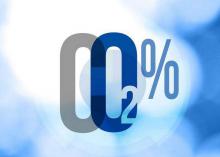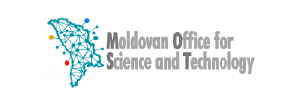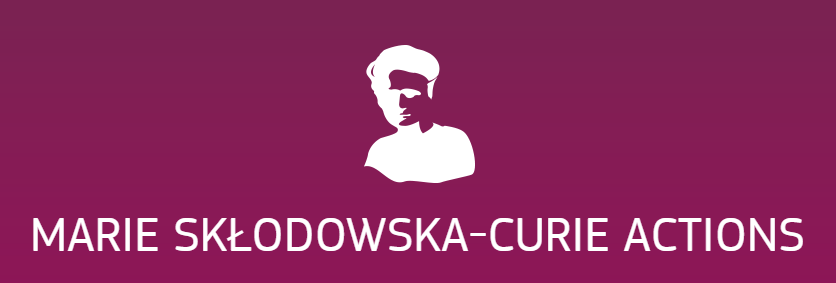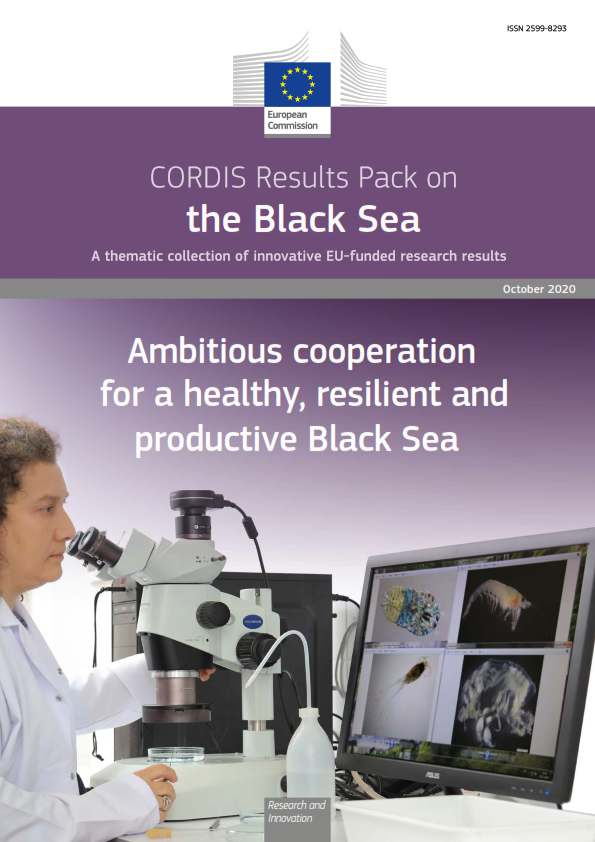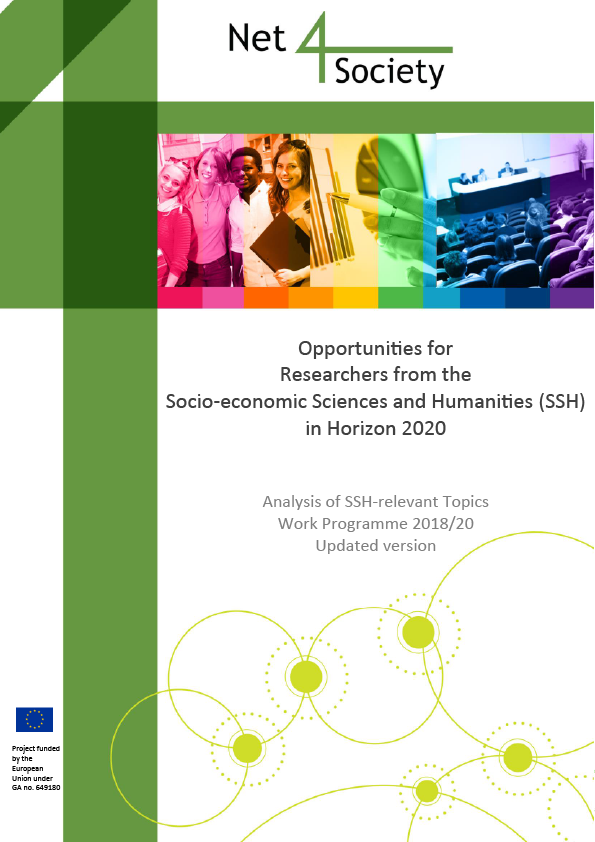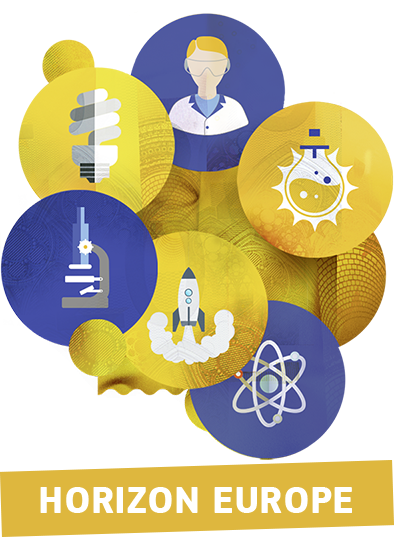On 20 July the Commission presented a package of measures to accelerate the transition to low-carbon emissionsin all sectors of the economy in Europe.
As the global social economic model changes, the Commission is working to keep the EU competitive and move towards a modern low-carbon economy as set by the Paris Agreement on climate change. The proposals of 20 July provide clear and fair guiding principles for the Member States to prepare for the future and to keep Europe competitive. This is part of the Energy Union and a forward-looking Climate Change policy.
In 2014, the EU made a clear commitment: to collectively reduce greenhouse gas (GHG) emissions by at least 40% by 2030 compared to the 1990 levels, across all sectors of the economy. The proposals present binding annual greenhouse gas emissions targets for the Member States from 2021-2030 for the transport, buildings, agriculture, waste, land-use and forestry sectors as contributors to EU climate action (see Fact sheet MEMO/16/2499 and Fact sheet MEMO/16/2496). The new framework is based on the principles of fairness, solidarity, cost-effectiveness and environmental integrity. All Member States are concerned as they will be in the forefront in deciding how to implement the measures to meet the agreed 2030 target. The Commission is also presenting a strategy on low-emission mobility setting the basis for EU-wide measures on low and zero-emission vehicles and alternative low-emission fuels (see Fact sheet MEMO/16/2497).
The JRC has substantially contributed to two of the items in the package: the legislative proposal on integrating land use and forestry into the EU 2030 Climate and Energy Framework and to the European Strategy for low-emission mobility. JRC analyses have also informed critical aspects of the associated impact assessment and the staff working document.
JRC contribution to the proposal to integrate land use and forestry into the EU 2030 Climate and Energy Framework
The JRC developed the methodology for setting the forest reference levels, i.e. country-specific baselines that will be used for quantifying the greenhouse gas emissions removed from the atmosphere through forest management. On this, the JRC has worked very closely with the Directorate-General for Climate Action and other Commission services and stakeholders to ensure that the methodology is scientifically robust and yet sufficiently flexible to accommodate different national circumstances.
The JRC also conducted a number of analyses supporting the legislative proposal, in particular on the methodological feasibility and the mitigation potential of various policy options and technologies in the land use and forestry sector.
Two JRC reports now available present the analyses that underpin this work: the JRC report on land use, land use change and forestry (LULUCF) contribution to the 2030 EU climate and energy policy sets out detailed projections at Member State level for forest land, cropland and grassland and presents country factsheets summarising the latest information on historical country data and projections submitted to the United Nations Framework Convention on Climate Change (UNFCCC) and under EU Decision 529/2013. A second study, the JRC's economic assessment of EU agricultural GHG mitigation policies, highlights production effects and costs.
JRC contribution to the European Strategy for low-emission mobility
The JRC has contributed to the package by developing a set of scenarios for assessing the impact of different road transport CO2 emission policies. The scenario calculation was carried out with the JRC's newly developed fleet impact model DIONE, used for developing projections on the evolution of the vehicle mix, activity, energy consumption and emissions up to 2050. The JRC has also been contributing to the definition of the new post-2020 CO2 targets and has carried out an extensive study (soon to be published) on the elements affecting the difference between vehicle CO2 emissions and fuel consumption measured during laboratory tests and under real driving conditions.
The Strategy for low-emissions mobility outlines also a number of legislative developments and proposed measures in which the JRC tools and expertise will be used. The vehicle energy consumption calculation tool (VECTO), developed by the Directorate-General for Climate Change, the JRC and stakeholders, will be fundamental in the measures for reduction of CO2 emissions from lorries, trucks and shuttles, while providing significant support, together with the JRC expertise and tests, in the analytical work for the development of standards for CO2 emissions from heavy-duty vehicles. Moreover, in the area of Digital Mobility, one of the main actions is a Master Plan for the deployment of cooperative Intelligence Transport Systems (ITS) application, for which the JRC is contributing significantly from the (cyber)security and privacy perspectives, in the context of the Cooperative ITS (C-ITS) platform for collaboration with the Member States.
Several JRC studies are referenced in the staff working documentassociated with the Communication, in relation, for example, to urban mobility and smart cities, where the JRC quantified the effects of sustainable urban mobility plans; renewable fuels in transport, with the analysis of electric vehicles in the EU from 2010 to 2014; and vehicle efficiency.


